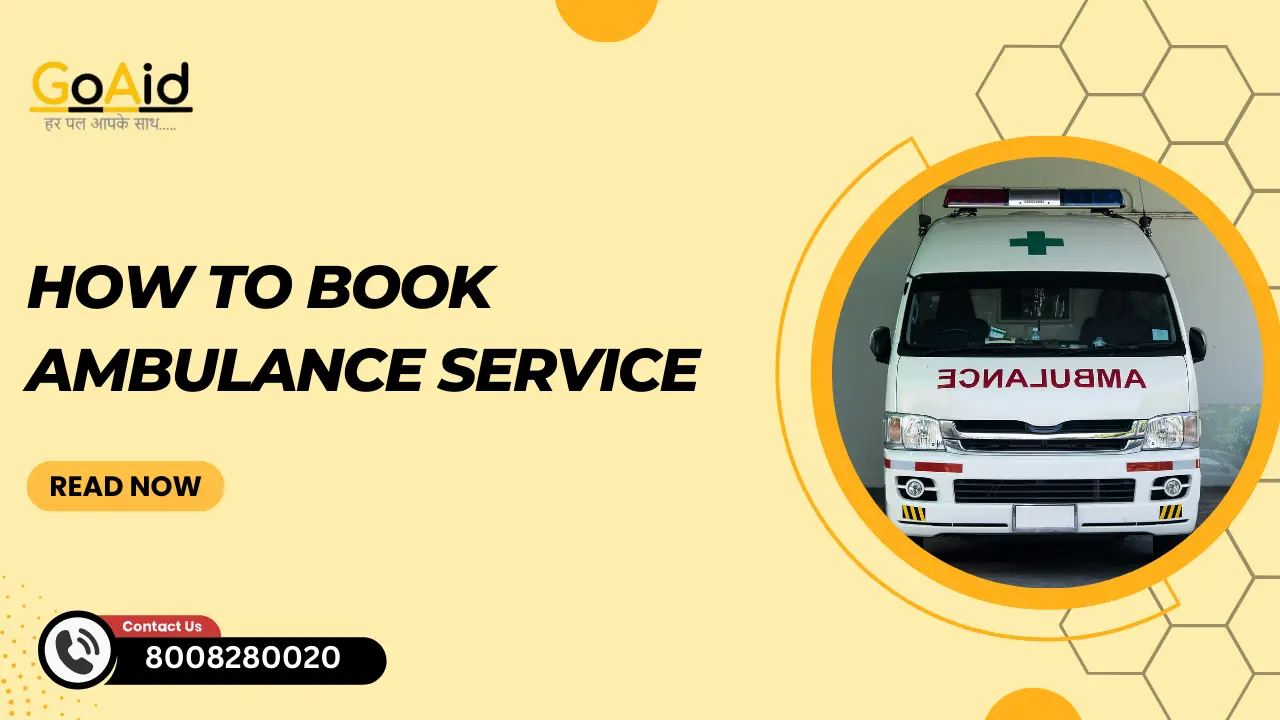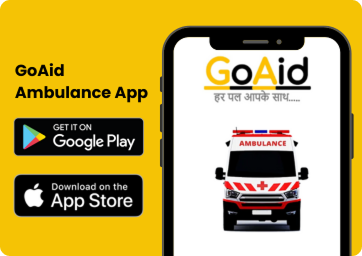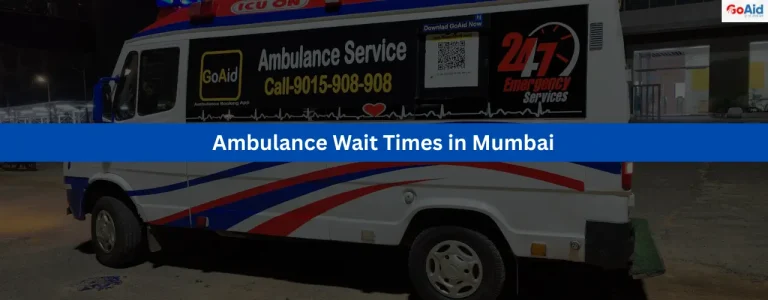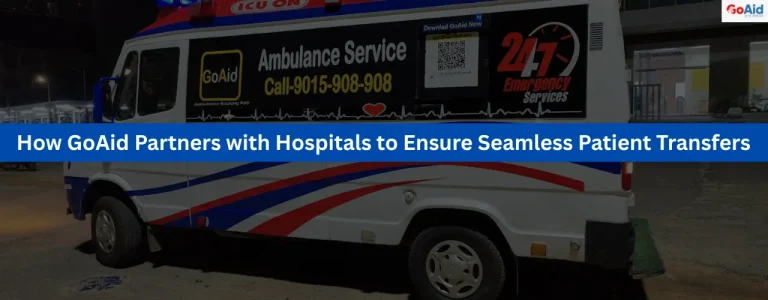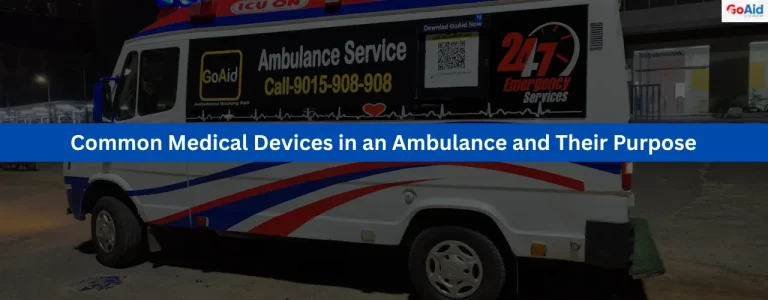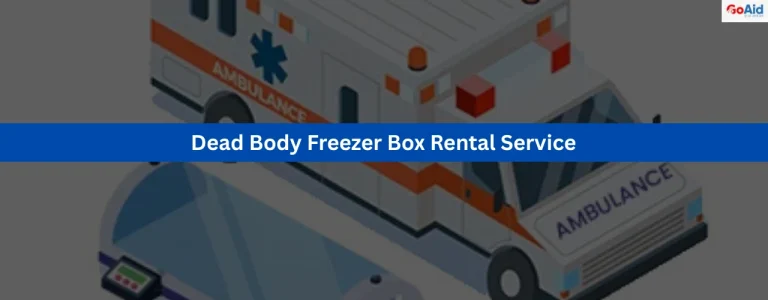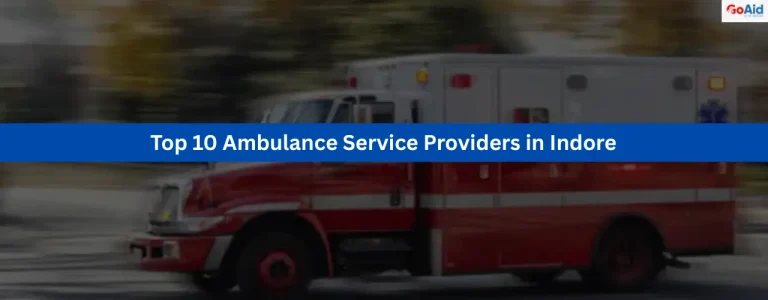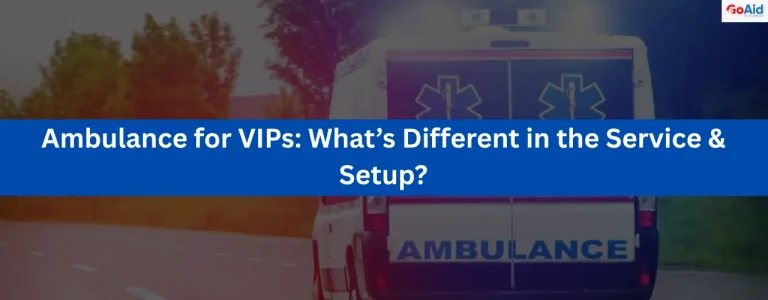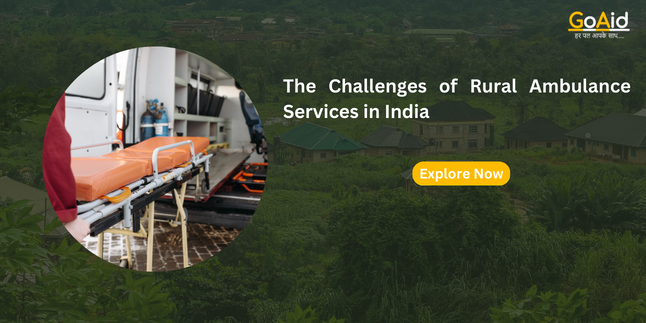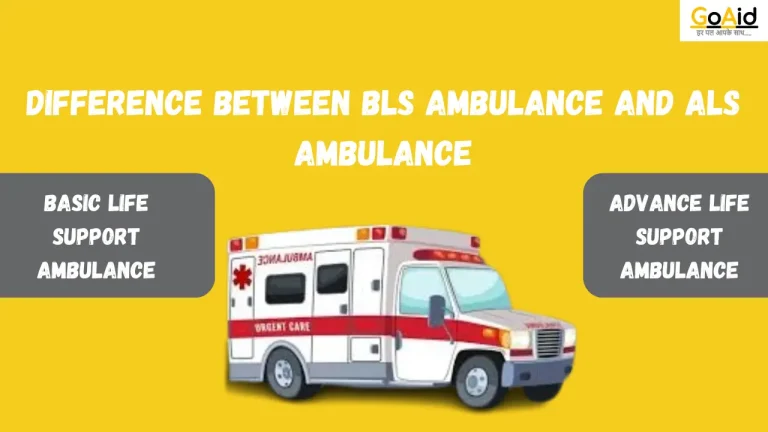In India, if you want to stay updated with latest trends related to living the best life, then you must be aware of using the best medical emergency transportation services. Similarly, you must have to be updated with the best uses of ambulance services and general ways of how to book ambulance service.
If you are also not aware of those methods of booking ambulance services, then in this blog, we have added all the details about how to book ambulance service and how to book ambulance services in India smoothly.
So, letŌĆÖs start:- How To Book Ambulance Service in India
Why Booking an Ambulance is Important?
There are many reasons why booking an ambulance service in a medical emergency is important-
1. Immediate Medical Attention
Ambulances are equipped with medical supplies and trained personnel to provide immediate care to patients during transit, increasing the chances of survival and recovery.
2. Time-Sensitive Emergencies
In critical situations such as heart attacks, strokes, or severe injuries, every minute counts. Booking an ambulance ensures prompt transportation to a medical facility where further treatment can be administered.
3. Professional Assistance
Ambulance crews consist of trained paramedics and emergency medical technicians (EMTs) who can stabilize patients and administer life-saving interventions in route to the hospital.
4. Safe Transport
Ambulances are designed to transport patients safely, with features like stretcher beds, medical equipment, and restraints to prevent further injury during transit.
5. Traffic Clearance
Ambulances often have the right of way on the road, allowing them to navigate through traffic quickly and reach their destination without delays, which can be crucial in emergencies.
6. Specialized Equipment
Ambulances, especially advanced life support (ALS) units, are equipped with specialized medical equipment such as defibrillators, ventilators, and cardiac monitors, which may be necessary for managing critical conditions.
7. Coordination with Hospitals
Ambulance services often have direct communication channels with hospitals, enabling them to notify medical staff in advance and prepare for the arrival of the patient, streamlining the admission process.
8. Accessibility for All
Ambulance services are available round-the-clock and accessible to everyone, regardless of their location, socioeconomic status, or mobility constraints, ensuring equitable access to emergency medical care.
9. Preventative Measures
Booking an ambulance in non-life-threatening situations, such as injuries or sudden illnesses, can prevent complications and worsening of the condition by facilitating timely medical assessment and treatment.
10. Legal Protection
In case of medical emergencies, using an ambulance ensures proper documentation of the incident and provides legal protection for both the patient and the medical personnel involved in their care.
How many types of Ambulances are there in India?
These many types of ambulance services are available in India. We have added a comprehensive list of the ambulances that operate in India:
1. Advance Life Support Ambulances
In India, the Advance Life Support Ambulance is equipped with advanced medical equipment and staffed with paramedics, enabling the delivery of critical care interventions during transit.
2. Basic Life Support Ambulance
Generally, these types of ambulances serve as the primary emergency medical response units. Basic Life Support Ambulances in India are staffed with emergency medical technicians (EMTs) and equipped with basic medical supplies for essential care and transportation.
3. Normal Ambulances
In India, Normal Ambulances offer standard transportation services for patients requiring medical attention. They are equipped to handle various medical situations and provide timely transport to medical facilities.
4. Oxygen Ambulances
Oxygen Ambulances, commonly found in urban areas, provide specialized care for patients requiring oxygen therapy during transit. These ambulances ensure that patients with respiratory distress receive the necessary support in route to the hospital.
5. ICU Ventilator Ambulances
ICU Ventilator Ambulances are equipped with advanced life support equipment, including ventilators, to provide critical care for patients requiring respiratory support during transport. These ambulances play a crucial role in transferring patients in critical condition between medical facilities.
6. Air Ambulances
Air Ambulances are essential for emergency medical evacuation over long distances or in remote areas. Equipped with medical equipment and staffed with trained personnel, they provide rapid transport to specialized medical facilities, saving lives in critical situations.
7. Dead Body Transport Ambulance Service
Dead Body Transport ambulance is dedicated to the dignified and respectful transportation of deceased individuals. They ensure proper handling and transportation of the deceased to their final resting place or mortuary.
8. Dead Body Freezer Box Ambulance
Dead Body Freezer Box Ambulances are equipped with freezer boxes to preserve the deceased’s body during transport, particularly suitable for longer distances or when delays are expected.
9. Dead Body Freezer Box On Rent
Dead Body Freezer Box On Rent service offers the rental of freezer boxes for preserving deceased bodies before final arrangements. It provides families and funeral homes with a convenient option for temporary preservation.
10. Hospital Ambulances
Operated by hospitals, these ambulances facilitate inter-facility transfers or emergency responses within the hospital premises. They ensure timely transport of patients between departments or to other healthcare facilities when specialized care is needed.
11. Surgery Ambulances
Equipped with surgical equipment and staffed with medical personnel, Surgery Ambulances provide emergency surgical interventions during transit. They play a critical role in transporting patients requiring immediate surgical care to appropriate medical facilities.
12. Events Ambulances
Events Ambulances are deployed during public gatherings, festivals, or sports events to provide immediate medical assistance in case of emergencies. They ensure the safety and well-being of attendees by offering on-site medical support.
How to Book Ambulance Service in India
In India, or any part of the world, booking ambulance services is a crucial step that ensures the timely medical assistance during emergencies. The process may vary depending on the type of ambulance service required:
1. Private Ambulance Services
- By Call: Contact the private ambulance service provider through their designated phone number. Provide details such as location, type of ambulance required, and patient’s condition.
- By App: Many private ambulance services offer mobile applications for convenient booking. Download the app, register your details, and request an ambulance by providing necessary information.
2. Public/Government Ambulance Services
- By Call: Public or government ambulance services are typically booked by calling their designated emergency hotline number. In India, the common emergency number for ambulance services is 108. Provide necessary details to the operator for dispatching the appropriate ambulance.
Also Read: Comparing Private Ambulance Services to Government Ambulances: Which Offers Better Care and Value?
General Steps for Booking Ambulance Services
If you want to book ambulance service instantly, then you must use these steps to book the ambulance that cater your requirements:-
1. Call Or Use the Mobile App to book an Ambulance
In India, or any part of the world, this is the very first step of booking ambulance services. In this step, you have to call the dedicated ambulance services firstly, doesnŌĆÖt matter if it private or government facilitated ambulance services. You can also download the mobile app of the ambulance for book ambulance such as GoAid Mobile App for Booking Ambulances.
2. Provide Location
Clearly state the location of the patient or incident. Provide landmarks or specific directions if necessary to ensure the ambulance can reach the location promptly.
3. Specify the Type of Ambulance
Depending on the patient’s condition and medical needs, specify the type of ambulance required (e.g., Basic Life Support, Advanced Life Support, Oxygen Ambulance, etc.).
4. Patient Details
Provide essential details about the patient, including their name, age, gender, and brief description of the medical emergency or condition.
5. Contact Information
Provide your contact information, including name and phone number, so the ambulance service can communicate with you if needed.
6. Follow Instructions
Follow any instructions provided by the ambulance service operator or app interface. This may include providing additional medical information or preparing the patient for transport.
7. Confirm Booking
Ensure that the booking is confirmed before ending the call or closing the app. Verify the expected arrival time of the ambulance and any other relevant details.
Conclusion: How to Book Ambulance Service?
In conclusion, booking ambulance services promptly and efficiently is vital in emergencies. Whether through private or government providers, timely access to medical assistance can be lifesaving.
In India, GoAid Ambulance Services are renowned for their excellence, offering easy booking options via the GoAid app or by calling 8008280020. With GoAid, users can swiftly request the appropriate ambulance type, ensuring prompt response and quality care.
Note:- Remember, quick action and accurate information can make a significant difference in critical situations, emphasizing the importance of knowing how to access ambulance services when needed.

